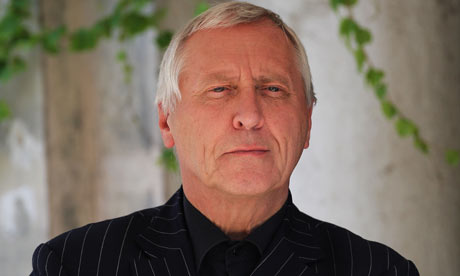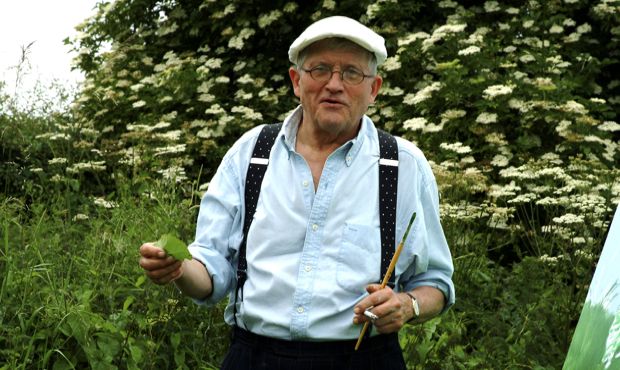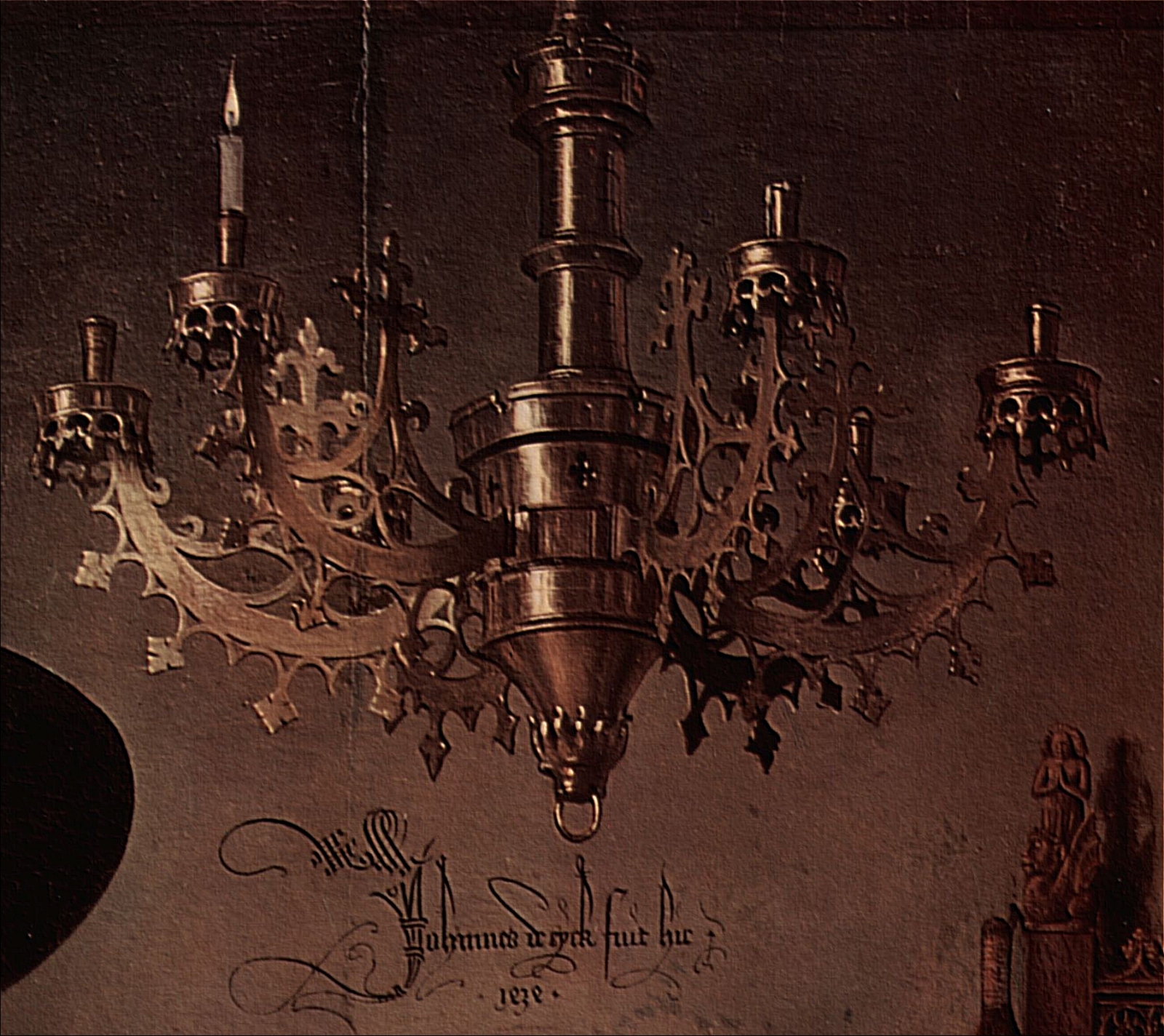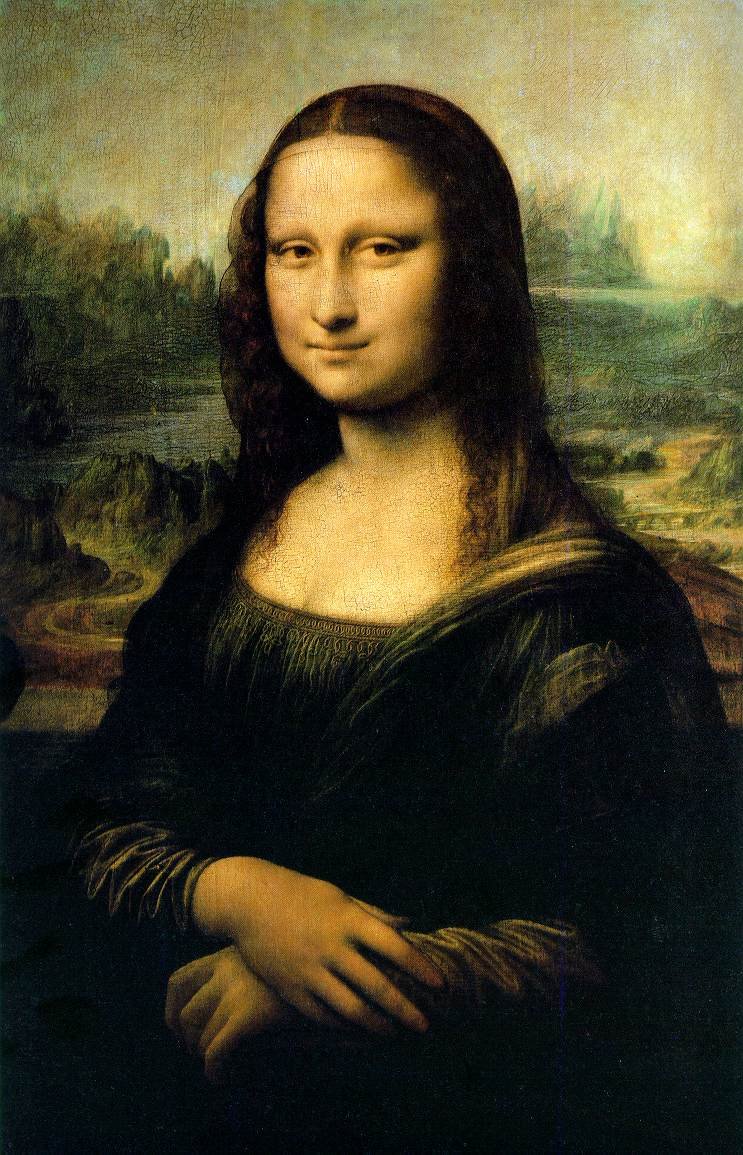Saturday, June 30, 2012
FILM 6: Rembrandt / Greenaway
Peter Greenaway, a film director, is the narrator of this film. Many films he has made are focused on Renaissance and Baroque painting. Some of the traits of his films include scenic composition and illumination, which are prevalent in this film. His story is believable because he is a notable art filmmaker and attended an art college. It is very clear he knows what he is talking about because he was educated on the subject in school. Also, one of Greenaway’s focuses is Baroque painting, a category that Rembrandt falls under.
I think Greenaway chose to discuss one painting for the film because there is so much to this single painting. There were so many mysteries presented that it could be a film. It was effective, but it gets a little boring at parts because you keep looking at the same thing over and over. People who are very interested in art and spend a lot of time looking at paintings may find this more effective than me.
The storyteller probably chose to use dramatic lighting and reenactments to help tell his stories because it was supposed to seem dramatic and mysterious. Greenaway also did a lot of talking himself and did things like highlighted parts of the painting as he talked about them. His most effective strategy was the reenactment because it brought each mystery to life.
Question: Which of the mysteries do you think seems most believable/true?
Friday, June 29, 2012
FILM 5: Caravaggio / Schama
Simon Schama is not only the host of the “Power of Art” series, but he is also a historian and art historian. He is a professor at Columbia University and a critic for “The New Yorker”. We should believe his stories because of his credibility. Schama attended Christ’s College, Cambridge and has worked at Cambridge, Oxford, and Harvard. It is clear that Schama knows a lot about art and specifically, a lot about Caravaggio.
In my opinion, Caravaggio’s most interesting painting is David with the Head of Goliath because Caravaggio’s head is the head of Goliath. This painting was made with oil paints on canvas. It was a gift to Cardinal Borghese. It controls your eye because of the details and the lighting. The drama of the painting really draws you in. When I first look at the painting I see David’s face which then directs my eye to the head he is holding. The painting is supposed to be of David holding Goliath’s head but Caravaggio paints it as his own head. It is also said that this painting was Caravaggio’s plea for mercy.
I think the storyteller uses dramatic lighting and reenactments to tell his stories because it helps show how Caravaggio lived. He was kind of a shady guy so the lighting and reenactments help depict his lifestyle. Also, Caravaggio’s paintings had a dramatic use of lighting, so the video kind of does a play on that by also using dramatic lighting. They do make the story more believable because the viewer can see how Caravaggio actually acted. It truly helps one visualize his actions much better.
Question: Do you think that Caravaggio’s paintings would have such a legacy if it weren’t for his use of dramatic lighting?
Wednesday, June 27, 2012
FILM 4: Hockney / Knowledge
David Hockney is the host of this show, but also a very well known artist. He was most well known for his contributions in the Pop art movement in the 60s. I don’t know if I completely believe his stories but they definitely made me think about how many paintings were created. What he is saying makes a lot of sense and the points he makes are extremely well thought out, so it isn’t like he is not credible. People are probably resistant to his stories because they almost discredit the abilities of many very famous artists.
The Secret Knowledge was the use of the lens. Artists would use mirrors and other lenses like the camera obscura to aid in creating paintings. It does change the way I look at painting because before watching this I had seen a lot of Jan Van Eyck paintings and was baffled at his skills. Now I am skeptical because maybe it was not just raw talent. It makes sense that it was a secret though because otherwise people would not be as amazed or appreciative of these artists’ work. Also, the artists are pretty much cheating their way into making a flawless piece of art that they really did not create independently.
Hockney used computer models, interviews, and up close views of the paintings to tell his story. The most effective methods were the computer models and extremely zoomed in sections of paintings. In my eyes, the computer models helped me understand how the lenses functioned and how Hockney figured out how they used the camera obscura. The zoomed in details of paintings also worked very well because the viewer could really see how seemingly flawless and accurate these paintings were.
Question: Assume that Hockney is correct and artists were using lenses. Do you think this is sort of like an artists way of cheating? Does it make you value their work less?
Friday, June 22, 2012
FILM 3: Michelangelo / Marlow
Timothy Marlow hosts “Great Artists with Tim Marlow” and is also formally educated on the subject of art. He received his Master’s degree in art from Courtauld Institute of Art, so he is a credible source. In this episode of "Great Artists", Marlow tells Michelangelo's story. In doing so, he used many locations that Michelangelo lived and worked.
The locations Marlow used were chosen because they were the setting of Michelangelo’s journey. I think that it was best to tell the story this way so that the viewers could try to imagine what it was like during that time. It is easier to do so in Italy because the buildings that Michelangelo would have seen are still around today.
The most effective locations were the Sistine Chapel and the area where "David" originally stood. The Sistine Chapel was effective because it allowed viewers to imagine Michelangelo suspended on the scaffolds painting high up. If it were simply an image of the ceiling, it would not have been as effective. It’s a massive piece of art and one of the reasons it is so amazing is because of it’s location. The other location that I thought was effective was the area where "David" stood because we normally think of that statue standing in a museum, when in reality it originally stood outdoors.
I like the painting Michelangelo did on the Sistine Chapel ceiling the most because of all the details and vivid imagery. This painting is a visual depiction of the book of Genesis. It was made as a fresco on the ceiling. Michelangelo had to use a scaffold to reach the ceiling and often worked in painful and strenuous standing positions. My eye is really not drawn anywhere specific but instead it is constantly noticing new things, which is why it is my favorite.
Question: Why do you think that Michelangelo's work was and is so revolutionary?
FILM 2: DaVInci / Bruce
"Da Vinci: The Lost Treasure" is hosted by Fiona Bruce, a journalist who regularly appears on the BBC Network. Bruce was educated at Hertford College, Oxford where she studied French and Italian. Bruce gains credibility by simply being on BBC as a journalist but also because she speaks to those she interviews in Italian throughout the show. The questions and responses she forms prove her genuine interest and knowledge of the subject. Aside from speaking herself, Bruce provides many interviews with experts.
Bruce probably chose to use expert interviews for a few reasons. Personally, I think that having multiple experts confirms Fiona Bruce’s stories and makes her more credible. These interviews also supply more stories that maybe she was unaware of. Finally, I think the interviews add something extra and something more interesting than simply having one person tell the entire story.
I think the most effective interviews were those from Charles Nicholl. In my eyes, his interviews were the most interesting and made many good points. Also, the interviews from Luke Syson were very effective. When he talks about the techniques that DaVinci used, it helped me see the paintings in a new way. This was especially the case with the description of the Virgin of the Rocks painting.
My favorite painting by DaVinci is the Mona Lisa because there seems to be so much mystery surrounding it. It was made using oil paints on poplar. The painting was commissioned by a wealthy silk merchant named Francesco del Giocondo. The painting is of his wife, Lisa. It was painted sometime between 1503 and 1506. This painting is obviously extremely famous and recognizable all over the world.
Personally, I see her eyes right off the bat. Her gaze makes you wonder what she is looking at or thinking about. Secondly, I see her smile. It makes the viewer think about why she is smiling or if it was simply a pose. Finally, I notice the little details like the veil she is wearing and the background scenery.
Question: There are a lot of conspiracies about Da Vinci and his paintings. Do you think any of it is true or were the paintings simply paintings?
Thursday, June 21, 2012
WEEK 1: Paint / History
The formal definition of "paint" given in the "Modern Marvels" episode is: "a pigmented liquid that dries to form a solid protective film". Paint is made up of three important components: resin, pigment, and solvent. Each of these three components has a function. Here's a description of each component and their function:
- Resin - can be acrylic polymers or linseed oil, among many other things. Resin's function is to be the "binder" or the glue that holds the paint together.
- Pigment - pigment is the coloring of the paint. It can be ground up minerals or organic.
- Solvent - the solvent helps the paint flow and smooth itself out. A solvent can be something as simple as water.
Paint was not always this formulated and scientific. The evolution of paint has had many milestones. One of the most significant evolutions in paint was when specific new binders began to be used. Egg yolk was used in tempera paint as a binder and later linseed oil was discovered. I think these are significant events in the evolution of paint because they not only visually changed the makeup of paint, they also changed how paint would stand up against the test of time. Also, linseed oil as a binder was used to create oil paintings, which in my opinion makes up some of the best art in history.
While paint is used in many different settings, paintings seem to be the most visually stunning. These visual representations of an artists' message have been around for thousands of years. Art is an important part of human history and that is why it is necessary for paintings to survive for both 500 and 30,000 years. Our art helps tell our story without using language. People who speak a different language can look at artwork and still understand the artists' message. Art is a visual history of mankind, and it is important for it to survive the trials of time.
Question: Which kind of paint do you prefer? Watercolors? Tempera? Oil Paint?
Monday, June 18, 2012
Introduction
Taylor Palmer
I'm in the middle of changing my program of study so that I am a Social Science and Secondary Education major, International Studies minor.
I decided to take this class because it seemed very interesting and an alternative to a traditional art class.
I'm in the middle of changing my program of study so that I am a Social Science and Secondary Education major, International Studies minor.
I decided to take this class because it seemed very interesting and an alternative to a traditional art class.
Here's a photo:
Subscribe to:
Comments (Atom)

























